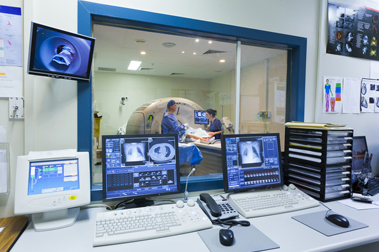 Radiology is a science that studies radiation emitted images to diagnose and treat specific diseases. A patient’s condition can be understood clearly with imaging technology and better treatment provided. Radiology transcription involves creating a written format of the radiologist’s oral report on the outcome of a medical imaging. These reports are important for the patient’s file and also for sharing with other care providers if necessary. The content of a radiology transcript includes the patient’s name, identification number, demographic details and information about the nature of the test and its outcomes.
Radiology is a science that studies radiation emitted images to diagnose and treat specific diseases. A patient’s condition can be understood clearly with imaging technology and better treatment provided. Radiology transcription involves creating a written format of the radiologist’s oral report on the outcome of a medical imaging. These reports are important for the patient’s file and also for sharing with other care providers if necessary. The content of a radiology transcript includes the patient’s name, identification number, demographic details and information about the nature of the test and its outcomes.
A transcriptionist takes clear and accurate notes from what radiologists dictate, which is based on the interpretations of the scanning devices such as MRI, X-rays, ultrasound and CT scans. Transcriptionists record the details of each patient’s health condition and the information is referred for further treatment or at the time of any treatment dispute.
Requirements in Radiology Transcription
The aim of radiology transcription is to provide accurate and clear reference details of the patients to the physicians. A radiology transcript would include
- Case study
- Procedures of diagnosis
- Description about the imaging equipment used
- Views and process of observation
- Overall findings
The information written in the transcript should be sharp and accurate and the transcriptionist should be knowledgeable in radiology technology to understand specific details.
Radiology Transcriptionists Require Special Skills
Radiologists work in many areas such as Immunology, Pulmonology, Cardiology, and Orthopedics. An expert team of transcriptionists who have good knowledge about medical terminology related to radiology as well as other medical specialties is the strength of radiology transcription services. They listen to and understand radiology dictations with utmost care and provide well-written transcripts.
The skills a good radiology transcriptionist should have are :
- Years of experience in radiology transcription
- Sharp listening skills
- Capability to provide transcripts quickly and also to work well under pressure
- Should be familiar with various medical practice software
- Excellent typing speed with accuracy and report production skills
- Ability to provide client- oriented service
Hiring a medical transcription company with many years of experience in the field can help radiologists handle massive volumes of transcription. They ensure accuracy and fast availability of transcripts so that physicians can make their clinical decisions quickly.


